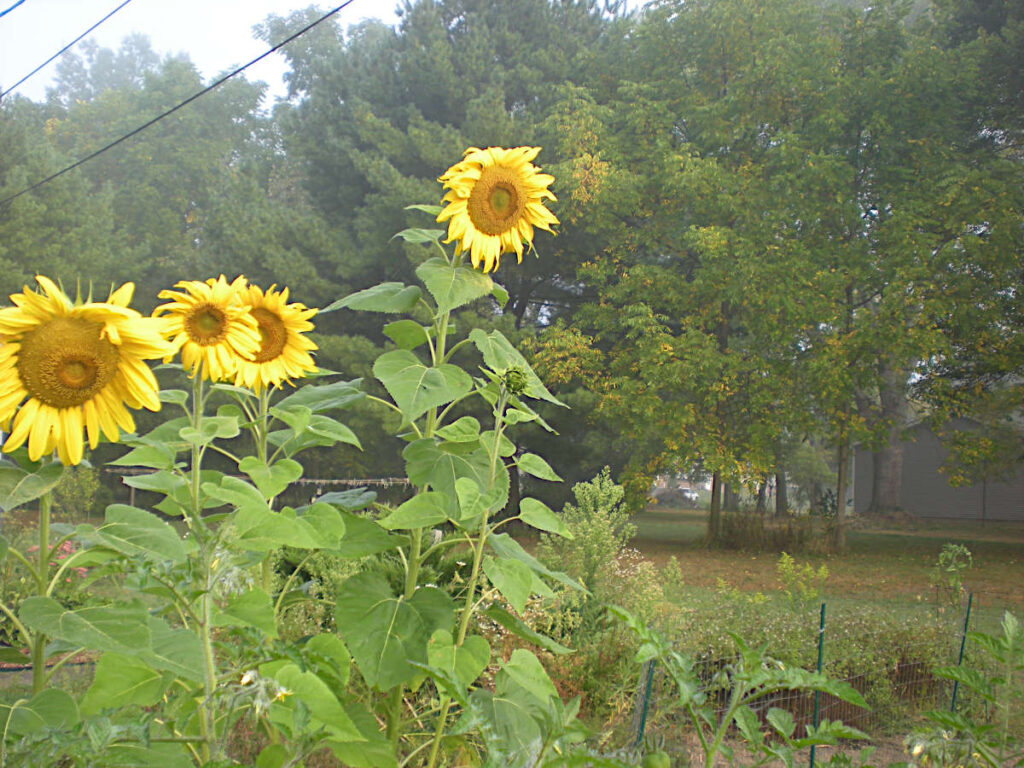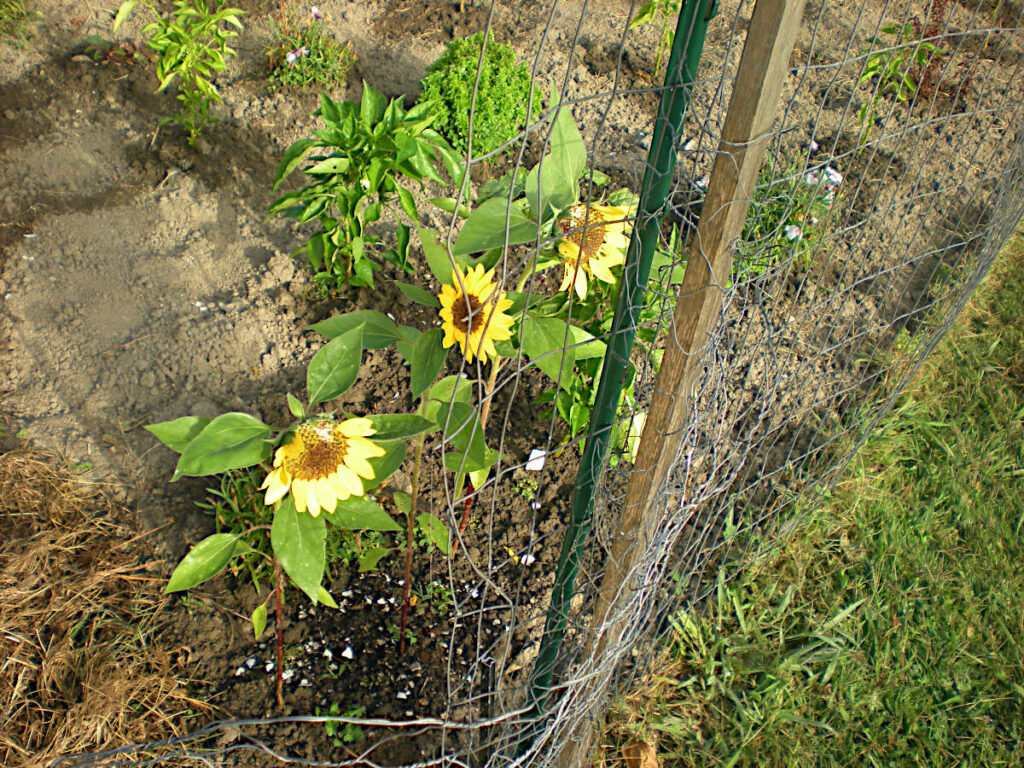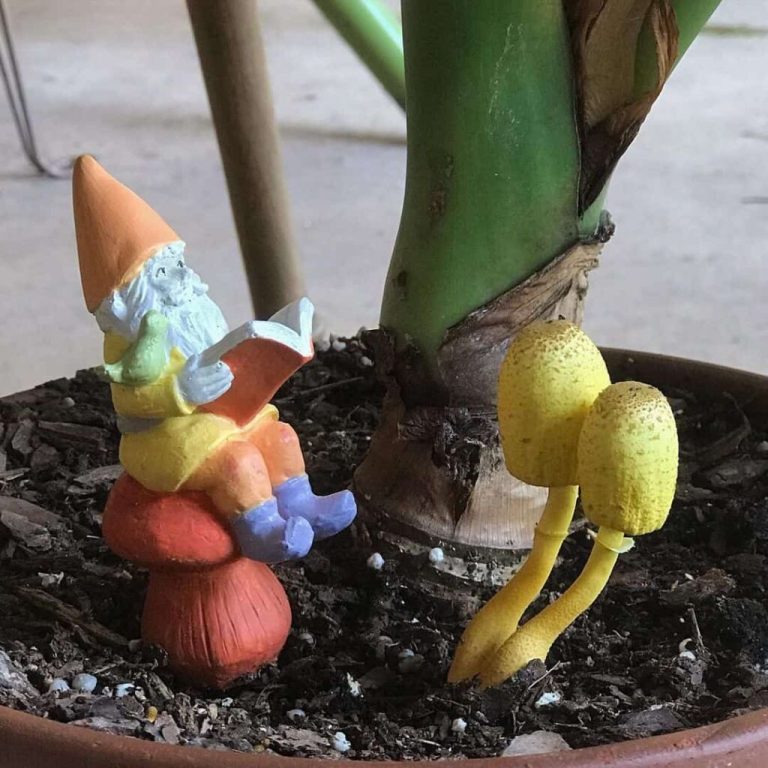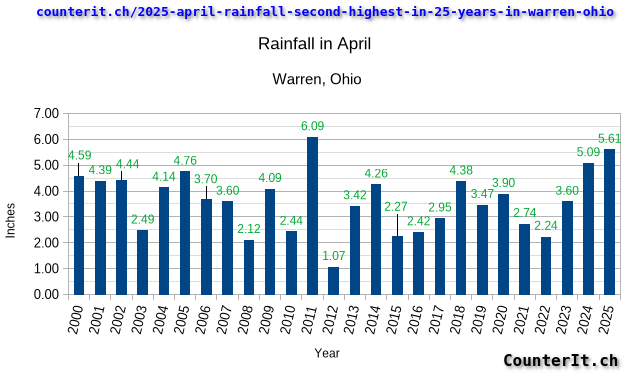Here are four Mammoth Sunflowers (Burpee Organics) in my fenced-in area of the 2025 Victory Garden. As of mid-September, they are 10-12 feet high.

I got a late start with the sunflowers because I had planted the seeds in the ground in late spring, but not one sprouted, even after multiple rounds of planting!
So, sometime in June I decided to put my few remaining sunflower seeds, both mammoth and dwarf, into small containers to sprout. Once they developed, I replanted half within the fenced portion of my Victory Garden (here’s last year’s garden), and half outside of the fenced portion of the garden. All the sunflowers planted outside of the fence area were eaten by deer (the leaves and flowers). I’ll write something about this and my possible future plans with respect to the deer in an upcoming blog post.
As for the dwarf sunflowers, they seem to be struggling, perhaps going to seed or having been visited by birds, bees, or insects, as they are already losing their petals.

Dwarf sunflowers in my 2025 Victory Garden as of mid-September.
Anyway, I’m glad that I’ll have organic sunflower seeds to harvest this year (and probably organic pumpkin seeds, too!).
…sunflowers that are ready for harvest will look like they are dying: the flower head will start to turn from green to yellow and flop over from the weight of the seeds.
To prevent birds and squirrels from harvesting the maturing seeds, cover the heads of your sunflowers with cheesecloth, or with a brown paper bag. You can also cut the seed head with at least 12 inches of the stock and bring it indoors to dry.
When completely dried, which will take from one to four days, the seeds will easily fall from the seed head. The sunflower seeds can then be washed and eaten as is, or lightly toasted in the oven.
NaturaLearning.org | Harvesting and Eating Sunflower Seeds

